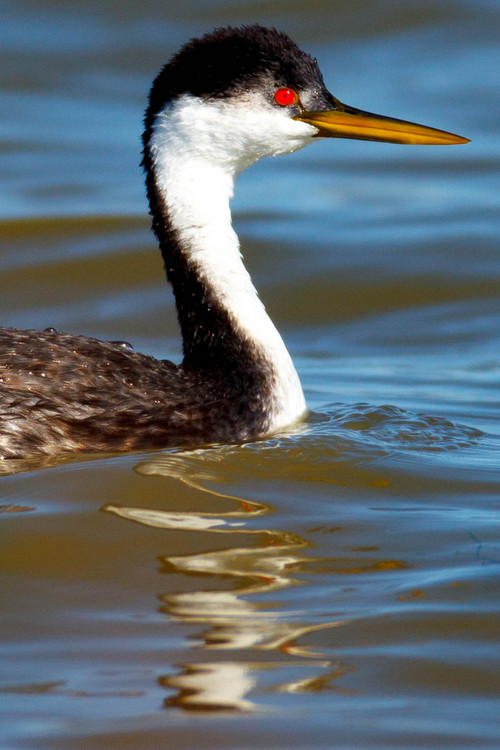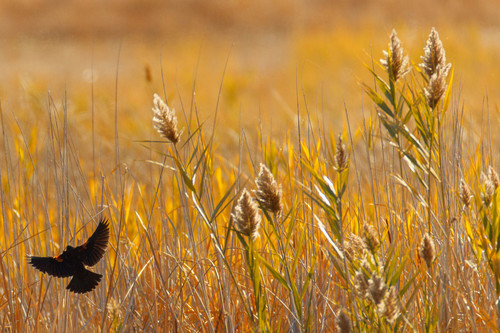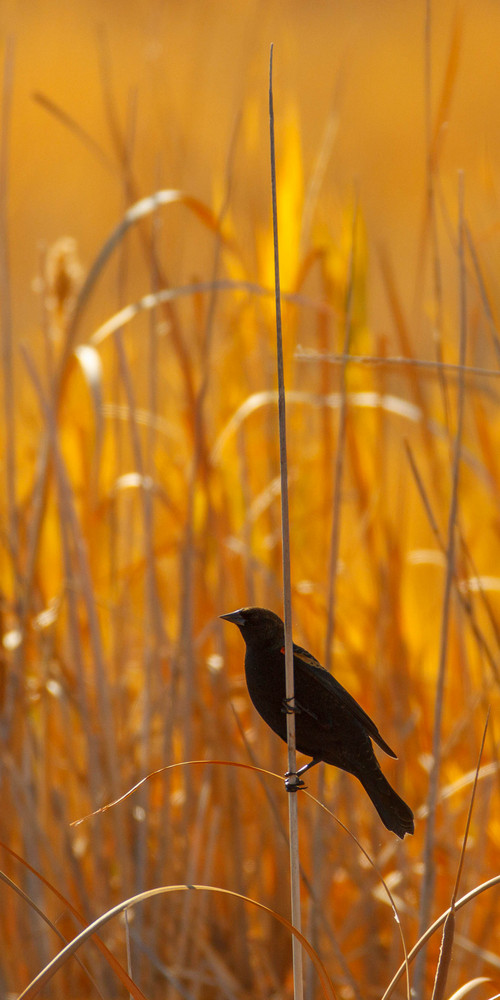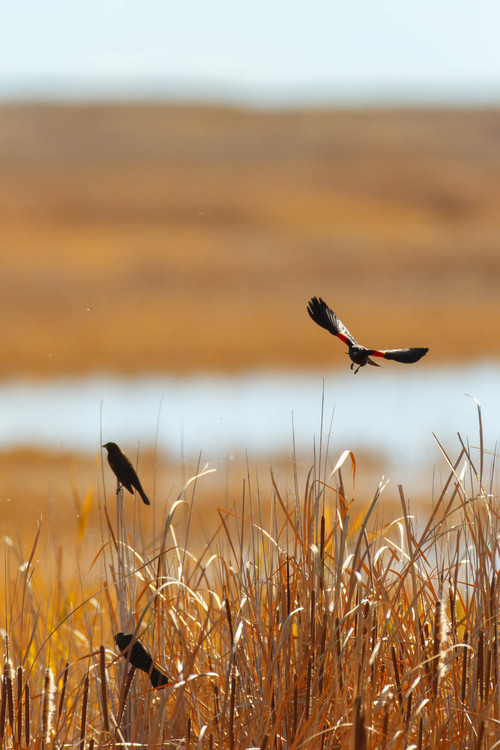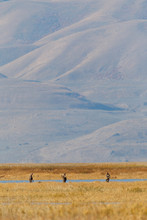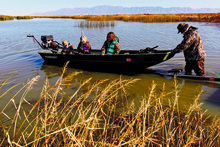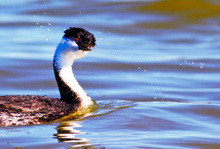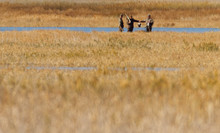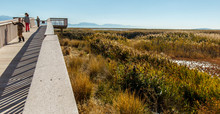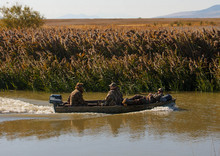This is an archived article that was published on sltrib.com in 2013, and information in the article may be outdated. It is provided only for personal research purposes and may not be reprinted.
Most Utahns probably don't think that the state's three national wildlife refuges contribute much to the state's economy.
That's especially true since Fish Springs National Wildlife Refuge is located in one of the state's most remote west desert locations, far from any commercial development and Ouray in eastern Utah is not close to any major cities.
But things could be different at Bear River, which has a beautiful visitor center located right off Interstate 15 west of Brigham City and whose scenic drive gets plenty of traffic from photographers, birders and hunters each year.
A recent report from the U.S. Fish and Wildlife Service revealed that refuges are strong economic engines for local communities. The report, released by Department of Interior Secretary Sally Jewell, said the refuges pump $2.4 billion into the economy and support more than 35,000 jobs.
"Our National Wildlife Refuge System is the world's greatest network of lands dedicated to wildlife conservation, but it is also a powerful economic engine for local communities across the country, attracting more than 46 million visitors from around the world who support local restaurants, hotels and other businesses," said Jewell in a recent speech at the Minnesota Valley National Wildlife Refuge. "In addition to conserving and protecting public lands for future generations, the report shows that every dollar we invest in our refuge system generates huge economic dividends for our country."
The report compiled by the U.S. Fish and Wildlife Service states that appropriated dollars invested in the refuge system multiply almost five-fold. For every $1 appropriated in Fiscal Year 2011, the refuges contributed $4.87 in total economic output.
"This study shows that national wildlife refuges repay us in dollars and cents even as they enrich our lives by protecting America's natural heritage and providing great recreation," said U.S. Fish and Wildlife Service director Dan Ashe. "That's inspiring and important news, especially as our economy continues to gain strength."
The National Wildlife Refuge system consists of 561 national wildlife refuges covering more than 150 million acres.
The most recent National Survey of Fishing, Hunting and Wildlife-Associated Recreation found that more than 90 million Americans, or 41 percent of the United States population ages 16 and older, pursued wildlife-related outdoor recreation in 2011, spending nearly $145 billion.
Twitter: @tribtomwharton —
National Wildlife Refuge system and the economy
Key findings of a report compiled by the U.S. Fish and Wildlife Service:
Spending by refuge visitors generated nearly $343 million in local, county, state and federal tax revenue.
National wildlife refuges are seen widely as travel-worthy destinations, with 77 percent of refuge spending done by visitors outside the local area.
The combined economic contribution to communities nationwide is almost five times the $492 million appropriated to the refuge system in fiscal year 2011.
Utah's refuges were closed during the recent partial government shutdown. That impacted waterfowl hunters who normally use them when the season opens in early October.


